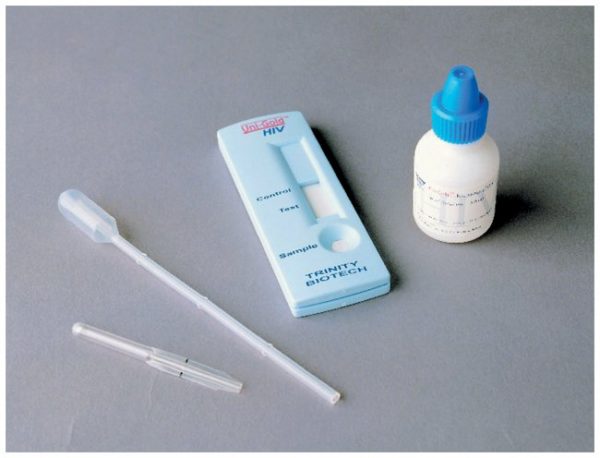Global efforts have long fought HIV and AIDS, saving millions. However, since January 21, health officials have recorded 45,675 new infections after the US withdrew international support.
UNAIDS estimates this number would have been 42,892 if aid had continued.

On February 1, the US halted key PEPFAR-funded HIV services, jeopardising decades of progress.
If the programme ends permanently, projections show 6.3 million more AIDS-related deaths and 8.7 million new adult infections by 2029.
Christine Stegling of UNAIDS warned that cutting community health services will hit the most vulnerable hardest.
Now, world leaders must decide whether to restore support or risk reversing years of progress.
Impacts On Community Health Services
“In Ethiopia, US assistance funds 5,000 public health worker contracts, but officials have now terminated all of them across every region,” she said.
She added that “Ethiopia relies on 10,000 data clerks to monitor and ensure people remain on treatment”.
Despite issuing a waiver for HIV/AIDS programmes, UNAIDS stated on Friday that the pause in foreign assistance has disrupted community HIV prevention efforts, creating widespread confusion.
Read Also; Lagos Free Zone Gains $50M IFC Funding To Spur Economic Growth
The waiver permits officials to continue or resume “life-saving humanitarian assistance,” including HIV treatment.
Confusion
Since its creation in 2003, PEPFAR has saved more than 26 million lives by investing in critical HIV prevention, treatment, care, and support programs in 55 countries, according to UNAIDS.
Nevertheless, Stegling noted that many communities remain confused about how to implement the waiver, leading to disruptions in treatment services.
UNAIDS reported that the US funding pause continues to affect transport services and community health workers.
The agency highlighted that the pause in US assistance to community programmes would lead to the closure of many drop-in health centres and the termination of outreach workers’ contracts, effectively depriving vulnerable groups of support.
Thousands of individuals – women, young girls, and priority populations at higher risk of sexually transmitted infections – will no longer be able to access critical services, such as condom distribution, HIV testing, antiretroviral treatment, pre-exposure prophylaxis for HIV prevention, screenings for tuberculosis or support to address gender-based violence.
UNAIDS is most concerned about the long-term impact of the US funding freeze on the prevention of new HIV infections as most services are community-based.
At the same time, national governments tend to focus on keeping people on treatment, rather than preventing new infections.
UNAIDS says it will continue efforts to ensure that during the 90-day pause, all people affected by HIV continue to access life-saving services.

